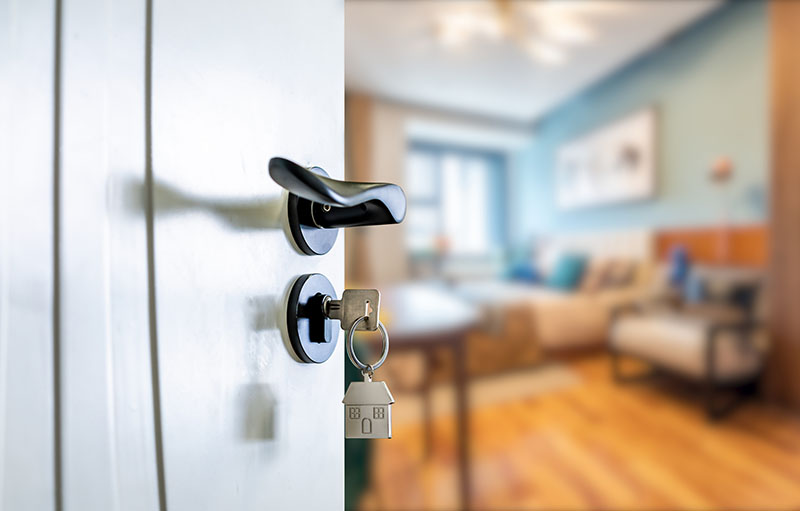Family discussions about how, if, and for how long aging in place will be a viable option for elder family members can be difficult to have without the discussion becoming contentious.
In this video we discuss three “traps” that can can derail your family dialogue about this important issue and offer some strategies about how to make your family meeting about aging in place more productive. (A transcript of the video follows below the break.)
Video transcript:
“I don’t want to move. This is our home.”
“But it’s not safe for you to live here by yourself.”
For so many aging adults, staying in their home and in their community for as long as possible, also known as Aging in Place, is the goal.
But having the important conversations needed to evaluate how – and if – this can be a viable option can be very difficult without the discussions becoming an argument between the generations.
Hi, I’m Erik Feig, mediator and founder of Feig Mediation Group in Bethesda, Maryland.
Having a discussion about what the future will look like for an aging loved one can quickly bring up a host of important and sensitive issues.
These might include concerns about being less independent, needing help to get things done, or how parent-child relationships will change, or even what becoming a caregiver will look like when you already have your own responsibilities to take care of.
“I’ll be fine.”
“We don’t want to have to worry about you.”
What does all of this mean?
It means that the discussion about living arrangements is more than just about living arrangements. Let’s talk about three traps to avoid falling into when you’re having “the talk” about aging in place so that you can get better results for your family.
Trap number one: Making presentations instead of having conversations.
Is it your intention to explain to your kids why you’re going to be staying right where you are – and that’s all that you want to say about it?
Or is it for you to explain to your parents why they need to move and they need to get ready and on board – and that’s all you are going to talk about?
Are you explaining to them why your answer is the right one before you’ve had a chance to see if you’re trying to answer the same question?
So what can you do?
Instead of presenting your answers to them, flip the script. Start by talking with each other about what’s important to you AND to them. Ask each other questions to understand, not just to convince each other. Get the whole picture. THEN you can look at what to do with it.
Trap number two: Too much explaining, too little respect.
When adult children find themselves assuming the role of caregivers for their parents, it can lead to a dynamic where they treat their parents as additional dependent children, rather than as respected adults. Being able to engage in ways that maintain dignity and respect is crucial to any sensitive conversation and to being able to hear each other.
No one of any age wants to be condescended to or feel like they’re being talked down to. It’s a recipe for separation. It’s a recipe for resentment and anger, when finding ways to connect and come together can be so much more constructive.
Trap number three: All or nothing thinking.
When you’re talking through issues that are personal, it can be easy to fall into all or nothing thinking as a way to convince each other that your side is right and their side is wrong.
Saying things like “you always” or “you never” or getting stuck explaining all the reasons why “you can’t” do something doesn’t leave a lot of room for talking about what might be possible.
Every road on that path leads to a No.
The question becomes: can you break the issue down into pieces – change the discussion to create a path to a yes?
Look, I understand, talking about issues like where to live as you get older can be complicated, especially when you all bring to the discussion a lifetime of history as a family, that influences how you communicate or, all to often, and you don’t communicate.
But when you do, these traps can be avoided. It just might require changing some of the ways you engage with each other. And sometimes, that means getting support so that you don’t just go through the motions of another round of “Well, that’s just how we do things in our family.”
As a mediator, I get to help families when important issues need to be addressed, but they have trouble getting past the sticking points. What I do as a mediator isn’t about taking sides. It’s about helping you have the conversation you need to have, in a way that can work better for everyone.
If your family is making decisions about aging in place I wish you all the best, and if you think mediation might be helpful for your situation, you could learn more about what I do by visiting our website and scheduling a free consultation at www.feigmediationgroup.com.
I’m Erik Feig. Thanks for joining me. I look forward to seeing you soon.


